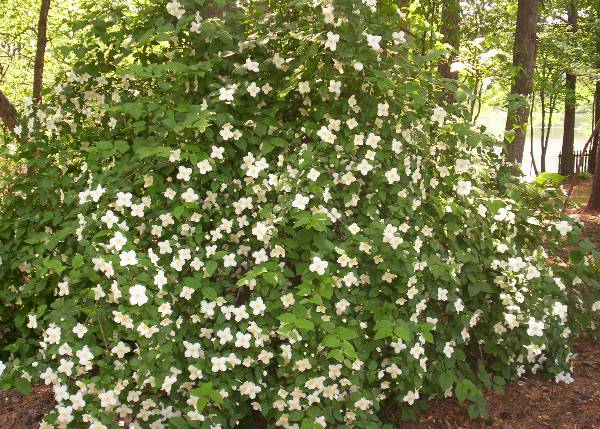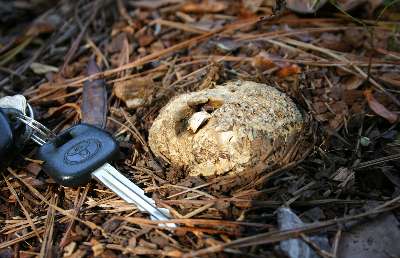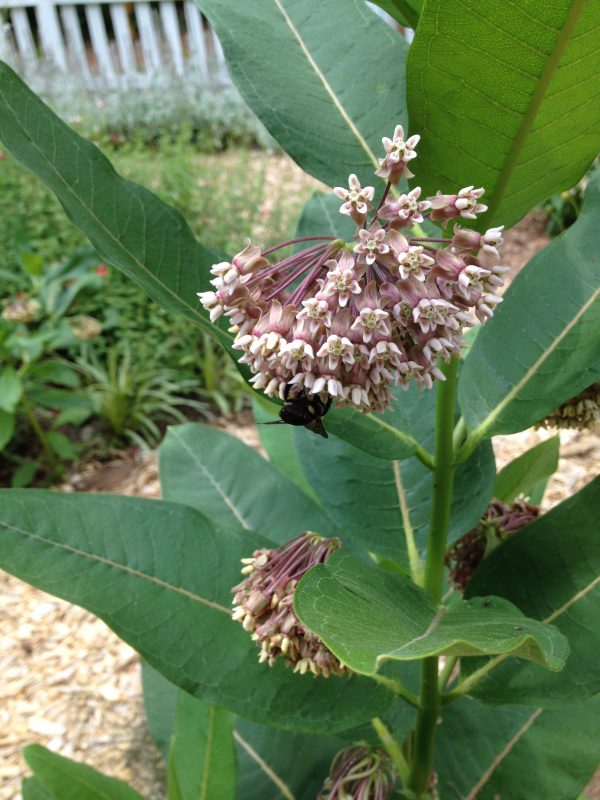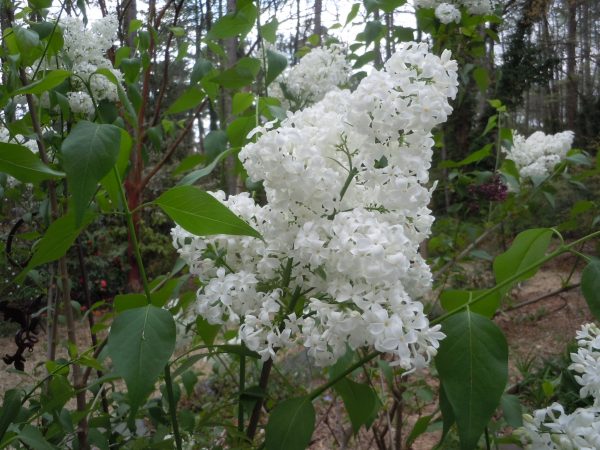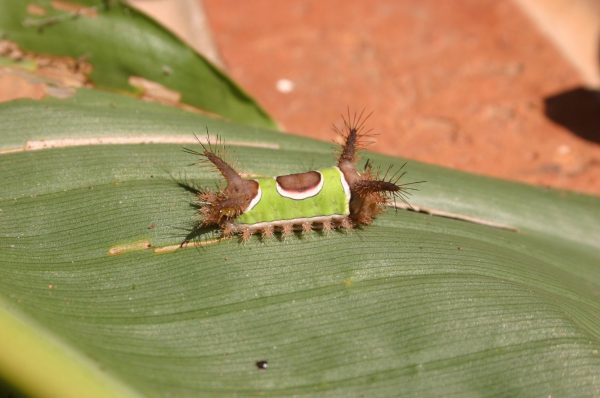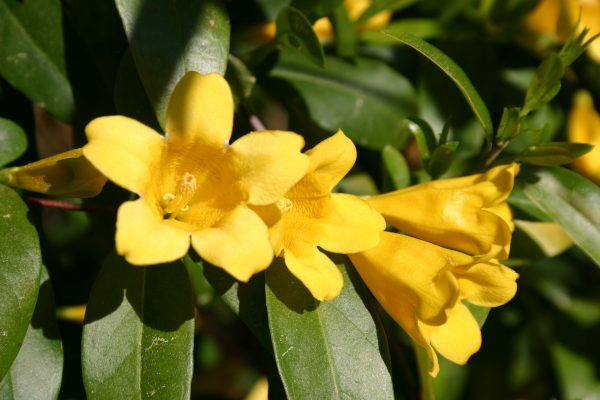Brown Patch Control – N.C. State trial plots
Control of brown patch in tall fescue with monthly fungicide applications in Raleigh, NC.
L.P. Tredway and E.L. Butler
Department of Plant Pathology
North Carolina State University
Raleigh, NC 27695
Fungicides were evaluated for their ability to control brown patch in tall fescue when applied on 28 day intervals, which is a standard application interval in the landscape industry. This trial was conducted at the Lake Wheeler Turfgrass Field Laboratory in Raleigh, NC on tall fescue maintained under landscape conditions.
The stand was established by seeding on 18 Mar 2003 with ‘Coronado’ tall fescue (6 lbs/1000 sq ft). Fertilizer was applied as 18-24-12 on 18 Mar (1 lb P/1000 sq ft). Mowing was performed twice weekly at a height of 3.5 in. with clippings returned, and the site was irrigated to prevent drought stress. Plots were 5 ft x 6 ft and were arranged in a randomized complete block with four replications.
Fungicides were applied in water equivalent to 3 gal per 1000 sq ft with a CO2 powered sprayer at 40 psi using TeeJet 8004 nozzles. All treatments were applied on 1 Jul and 28 Jul. The experimental area was inoculated on 2 Jul using rye grain infested with R. solani AG 1-1A to encourage brown patch development. Percent turf area exhibiting brown patch symptoms was assessed on 14 Jul, 27 Jul, and 30 Aug. Data were subjected to analysis of variance and means separation by Waller-Duncan k-ratio t test (k=100).
No symptoms of brown patch were observed in the experimental area at initiation of this trial. Disease incidence increased gradually throughout July following inoculation with R. solani on 2 Jul. On 14 Jul, 13 days after the initial application, all fungicide treatments provided excellent control of brown patch except Compass (0.15 oz), Eagle (0.6 oz), 3336 (4.0 oz), and ConSyst (8.0 oz). Heritage (0.2 oz), Insignia (0.9 oz), Banner Maxx (2.0 fl oz), Bayleton (1.0 oz), ProStar (3.0 oz), and SysStar (3.0 oz) provided superior control of brown patch on 27 Jul, or 26 days after the initial application.
Brown patch development was minimal throughout August, allowing in re-growth of tall fescue in areas previously affected by the disease. On 20 Aug, most fungicide treatments were not significantly different from the Untreated Control, except for Prostar 70WP, which exhibited significantly reduced disease incidence. Brown patch incidence was significantly greater in plots treated with 3336 50WP (4.0 oz) and ConSyst (8.0 oz) than in untreated plots on 20 Aug.
When applied on 28 day intervals, Heritage (0.2 oz), Insignia (0.9 oz), Banner Maxx (2.0 fl oz), Bayleton (1.0 oz), Prostar (3.0 oz), and Systar (3.0 oz) provided excellent control of brown patch in this trial.
Lower rates of Heritage (0.1 oz) and Insignia (0.5 oz) did not provide adequate control, although these rates have performed well in other trials. More research is needed to evaluate lower rates of Prostar and SysStar for brown patch control in tall fescue landscapes.
See
for details on the chemicals mentioned



